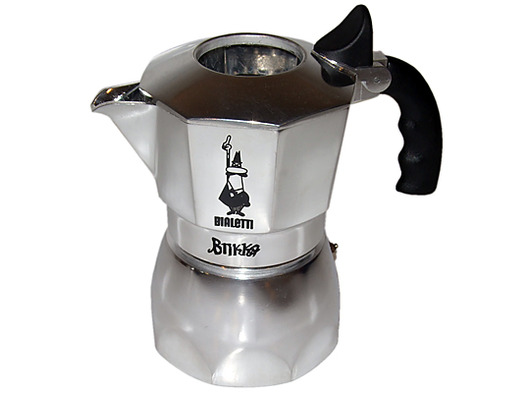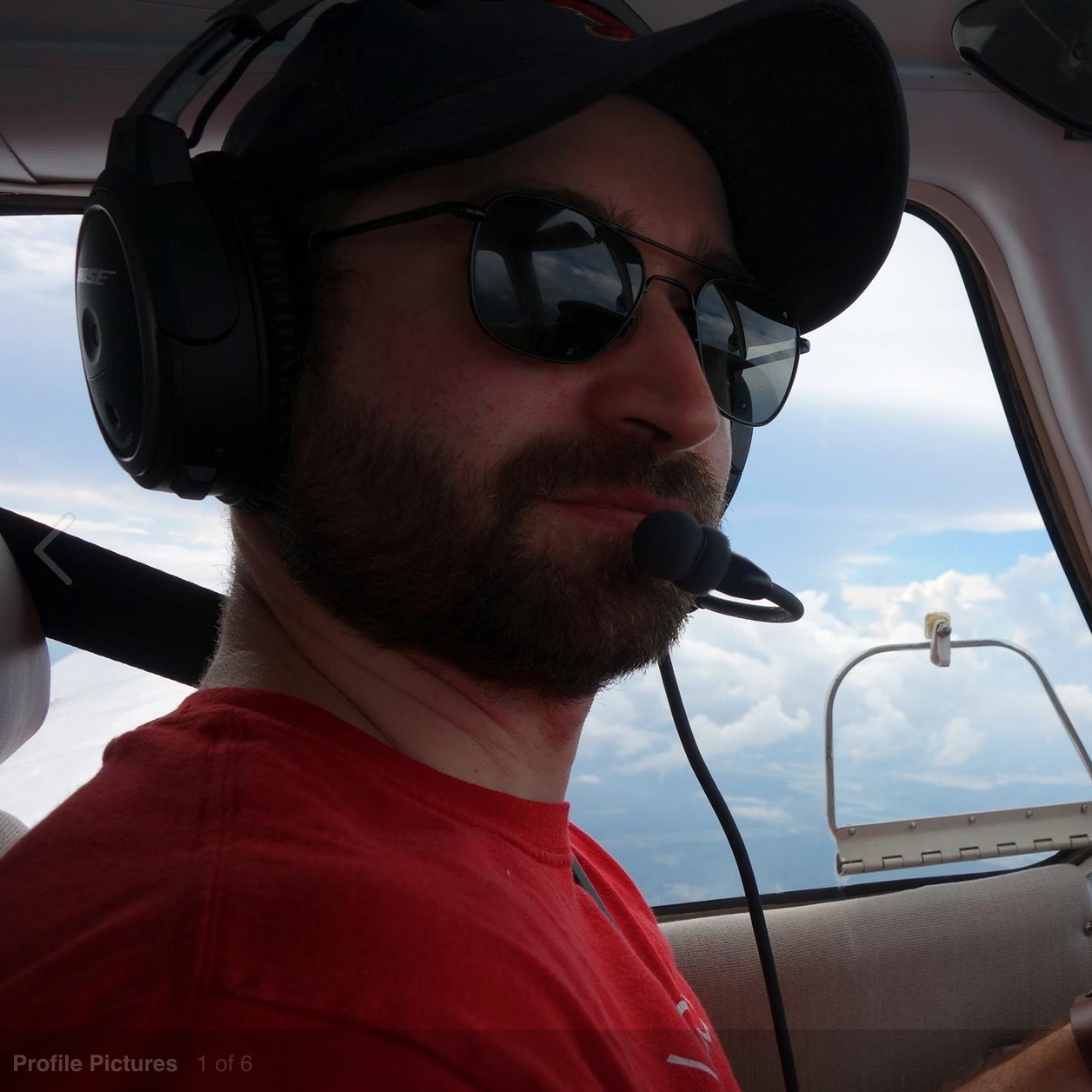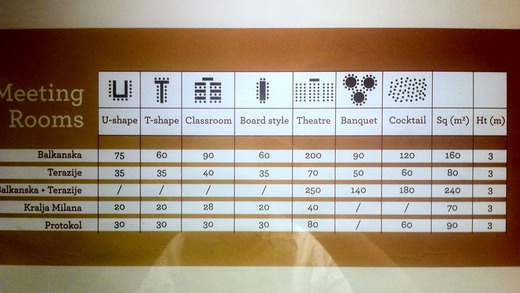I’ve purchased a few things lately that I’d like to recommend.
11” MacBook Air

I recently switched from a 15” MacBook Pro to an 11” MacBook Air and I couldn’t be happier. The 11” Air is the best computer I’ve ever owned. Everything else is a distant second.
It’s my only computer. I do all my work on it. I code on it, I design on it, I browse on it, I run 37signals on it.
I originally purchased an external monitor because I thought I’d need the extra space, but I’ve found I like the smaller screen of the 11”. I don’t use the external screen at all. The smaller screen keeps me focused and it’s the right size to run full-screen apps.
If you’ve been considering an 11” Air, and you’ve been on the fence because you’re worried the screen is too small, take a chance and pick one up. You won’t regret it.
Defy Bags: Square

I’ve found a million bags I don’t like. This time I found one I love. It’s the Square from Defy Bags and it happens to be made by hand right here in Chicago.
It fits an 11” Air and an iPad perfectly. It’s small, light, and extremely durable (it’s made from recycled military tarps). The buckle is a AustriAlpin Cobra which is the best buckle I’ve ever used. So easy to confidently click open and close, the buckle is built like a tank, but with lightweight materials. I think these buckles wholesale for about $35 each, so you’ll rarely see bag makers use them. Defy Bags ponies up and uses them because they’re just that good.
So if you’re in the market for a new messenger-style bag, check out Defy Bags. They aren’t the cheapest, but they’re a great value.
Bialetti Brikka stovetop espresso maker

I’m a tea drinker who’s starting to learn to love espresso. And for just around $50 on Amazon, you can pick up a Bialetti Brikka and make some decent espresso right on your stovetop. No fancy or expensive machinery required. No electricity either.
Certainly you can get a better espresso, but if you want to make your own at home, and you don’t want to sink a ton of money into it, I haven’t found anything better than the Brikka. It’s simple, it’s durable, it’s absolutely worth $50. I’ve been enjoying it with Lavazza Super Crema Espresso Beans (ground at home with a Bodum Bistro burr grinder).
I hope these recommendations point you in the right direction. Support great products!





